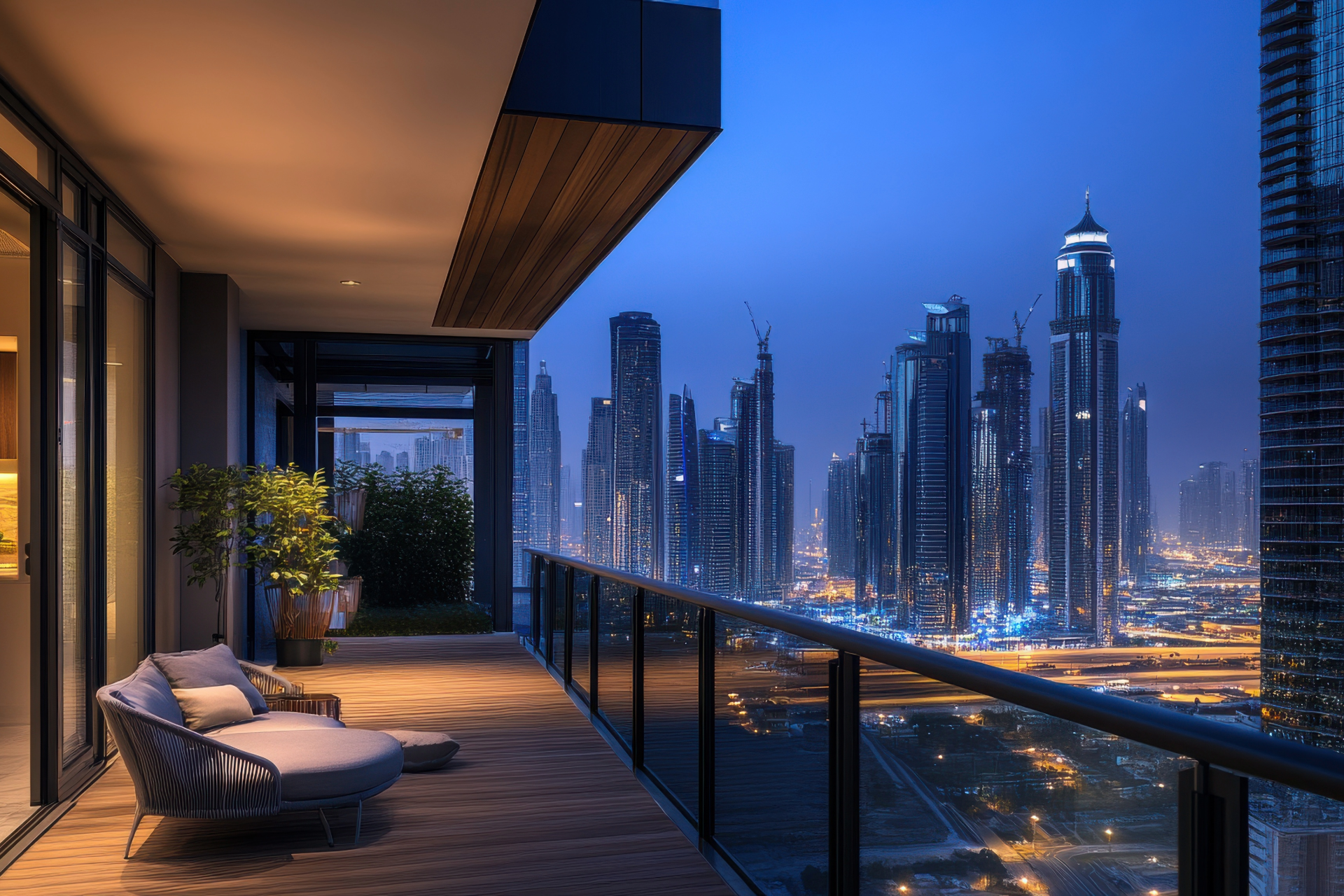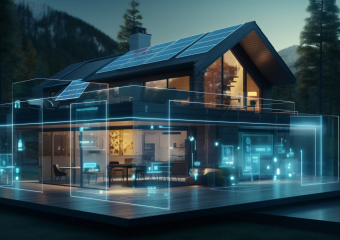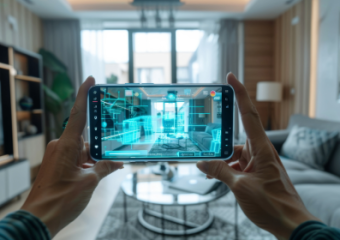Top Trends: New Home Design Shifts in 2025
Modern Living: Embracing Change in Home Design Trends of 2025
Modern Living emerges as a significant influence in the ever-evolving landscape of home design. As we push further into the 2025 horizon, a wave of lifestyle shifts is shaping how we think about, design, and inhabit our living spaces. These changes reflect broader social, technological, and environmental dynamics and are crucial for anyone involved in real estate, architecture, interior design, or simply seeking to make their home fit for the future.
Reflecting Lifestyle Shifts in Modern Living Spaces
The way we live our lives has a profound impact on the designs of our homes. Today, more than ever, there is a focus on creating spaces that reflect personal values and accommodate new behaviors and technologies.
- Increased Emphasis on Sustainability
Environmental concerns continue to steer consumer preferences and consequently design trends. Modern home design now incorporates sustainable materials and energy-efficient technologies. Solar panels, green roofs, and materials like bamboo and reclaimed wood are becoming commonplace. These eco-friendly choices are not just about reducing impact on the planet but also about generating long-term savings and improving indoor environmental quality.
- Home as the New Hub
The ongoing repercussions of global events in recent years, including pandemics and changes in the workforce, have positioned the home as a multifunctional hub. Modern living now often requires homes to double as workplaces, gyms, and recreational centers. This has led to the rise of adaptable and multipurpose rooms—spaces that can seamlessly transition from a home office to a yoga studio to a lounge area.
Technological Integration in Home Design
As technology advances, so does the potential for its integration into home design. Smart homes, once considered a luxury, are now becoming the norm. Automation systems for security, temperature control, and even window treatments enhance convenience and efficiency in our daily routines.
- Seamless Connectivity
In 2025, high-speed internet is a must, similar to other basic utilities. Homes are being designed with integrated workspaces that feature built-in charging stations, ergonomic seating, and enhanced soundproofing. These areas cater to the increasing number of people who participate in remote work or digital learning environments.
- Health and Wellness Technologies
Modern homes are reflecting an increased focus on health and wellness. This includes the integration of air purification systems, enhanced natural lighting, and even spaces designed specifically for meditation and relaxation. The design of living spaces now often incorporates elements that help reduce stress and improve overall well-being.
Evolving Aesthetics in Modern Home Design
The aesthetics of home design are evolving to match the functional shifts. There is a growing trend towards minimalism and flexibility, with clean lines and neutral color schemes dominating modern interiors. This minimalist approach not only caters to aesthetic tastes but also complements the functionality of adaptable living spaces.
- Biophilic Design Elements
Incorporating direct or indirect elements of nature into the home has been shown to boost mood, enhance creativity, and reduce stress. Modern living designs often include large windows for more natural light, indoor plants, water features, and the use of natural materials that bring the outdoors inside.
- Personal Spaces
While open-plan designs continue to be popular, there is also a renewed interest in creating personal, private spaces within homes. These areas allow individuals to work, meditate, or relax without disturbance, responding to the growing need for personal space and time away from the core household activities.
Conclusion: The Future of Home Design
As modern living continues to evolve, so too does the design of our homes. The shifts we observe today are just the beginning. Looking forward to the coming years, home design will likely continue to adapt to new technological advancements, further environmental considerations, and deeper societal changes. Understanding and incorporating these trends into living spaces not only enhances personal lifestyles but also supports the overall advancement of healthier, more sustainable, and more enjoyable living environments.







